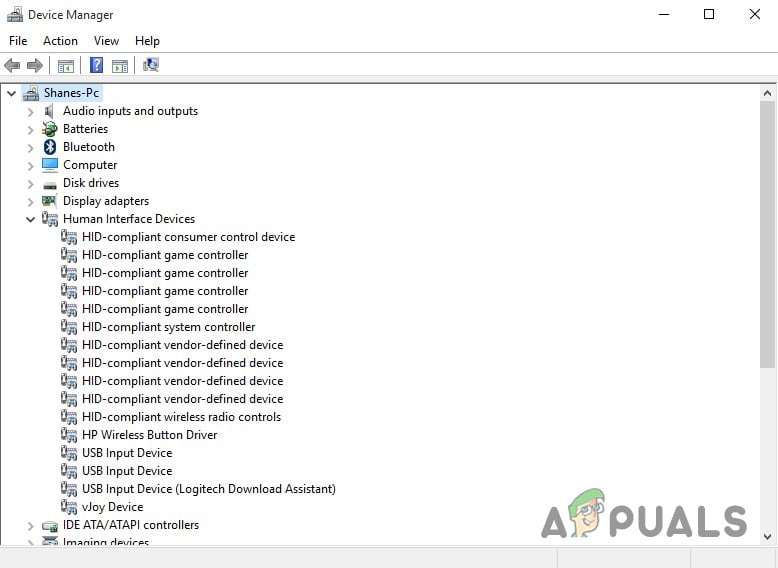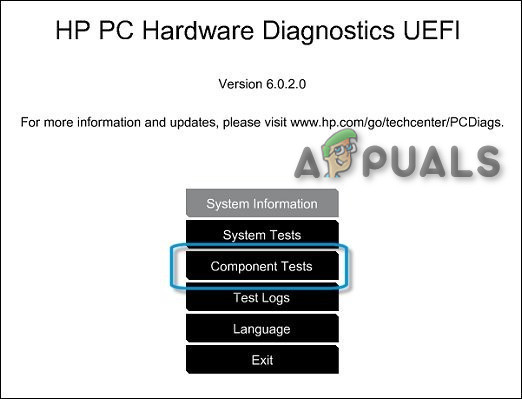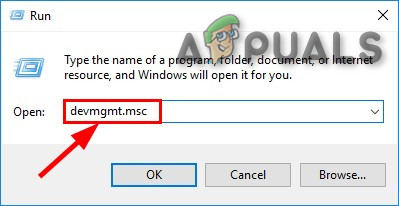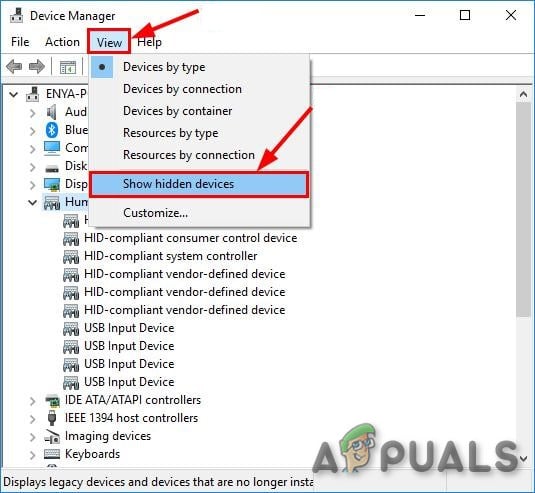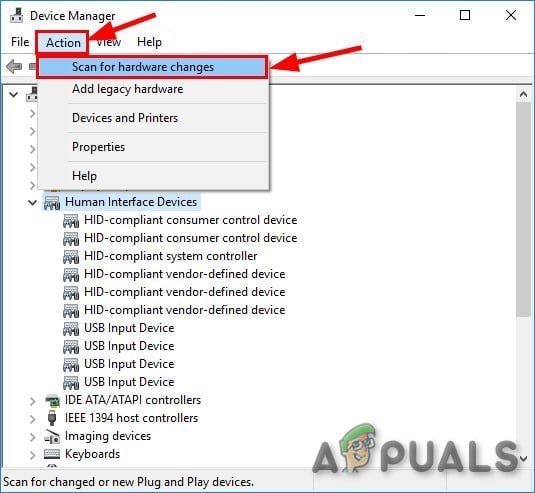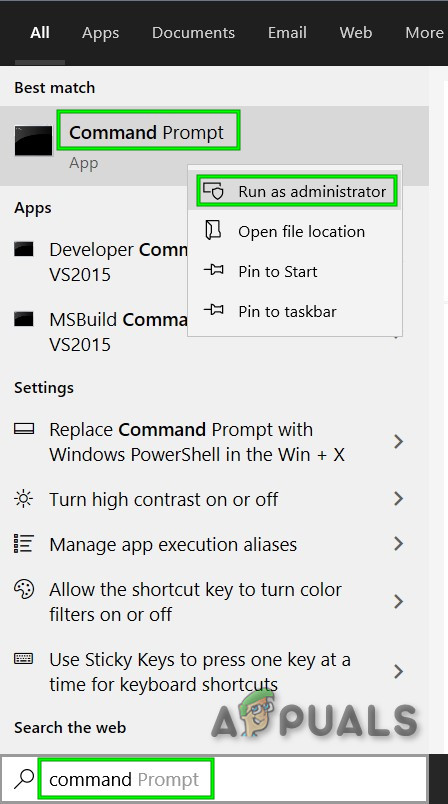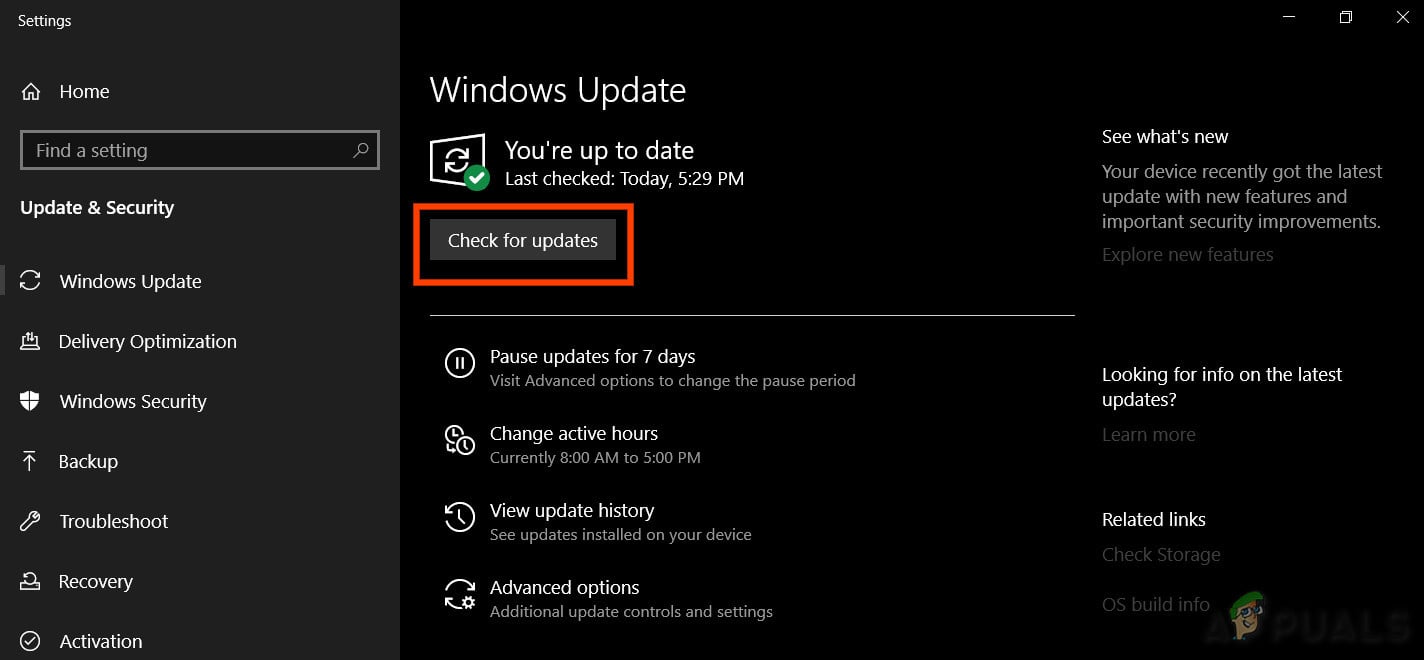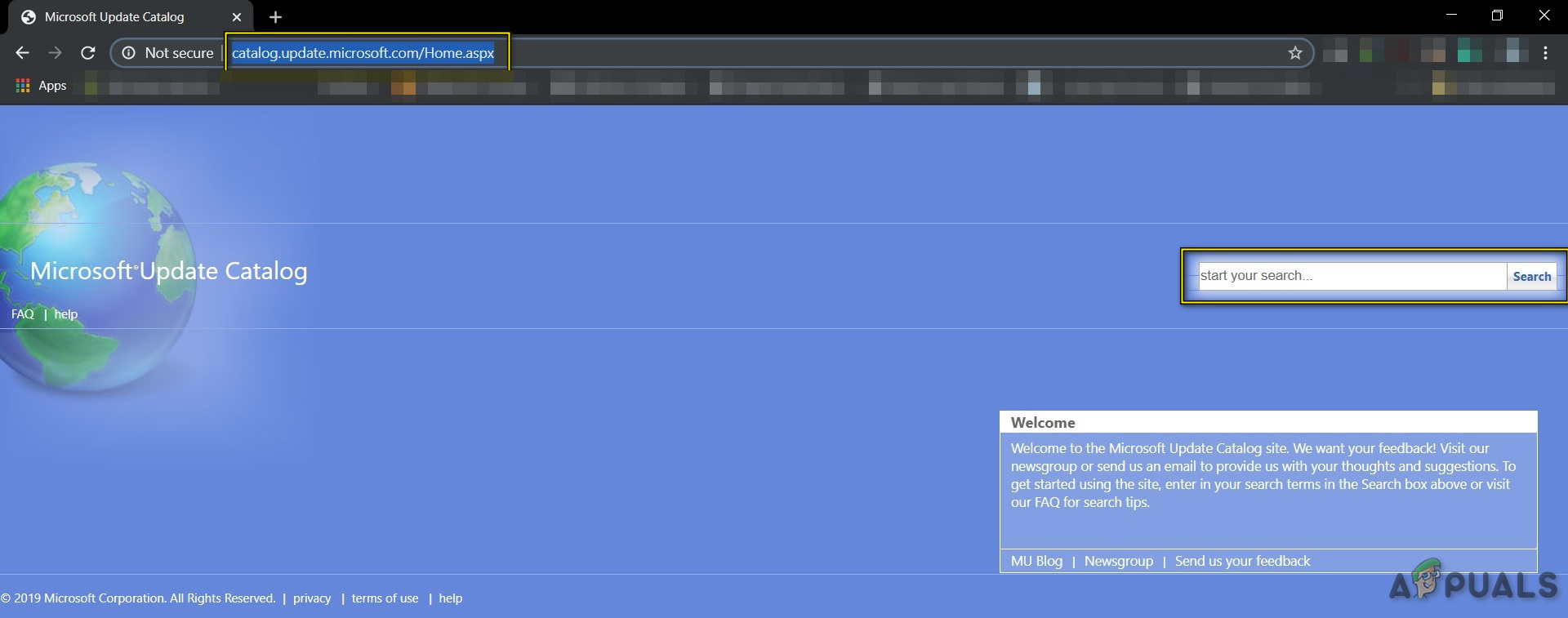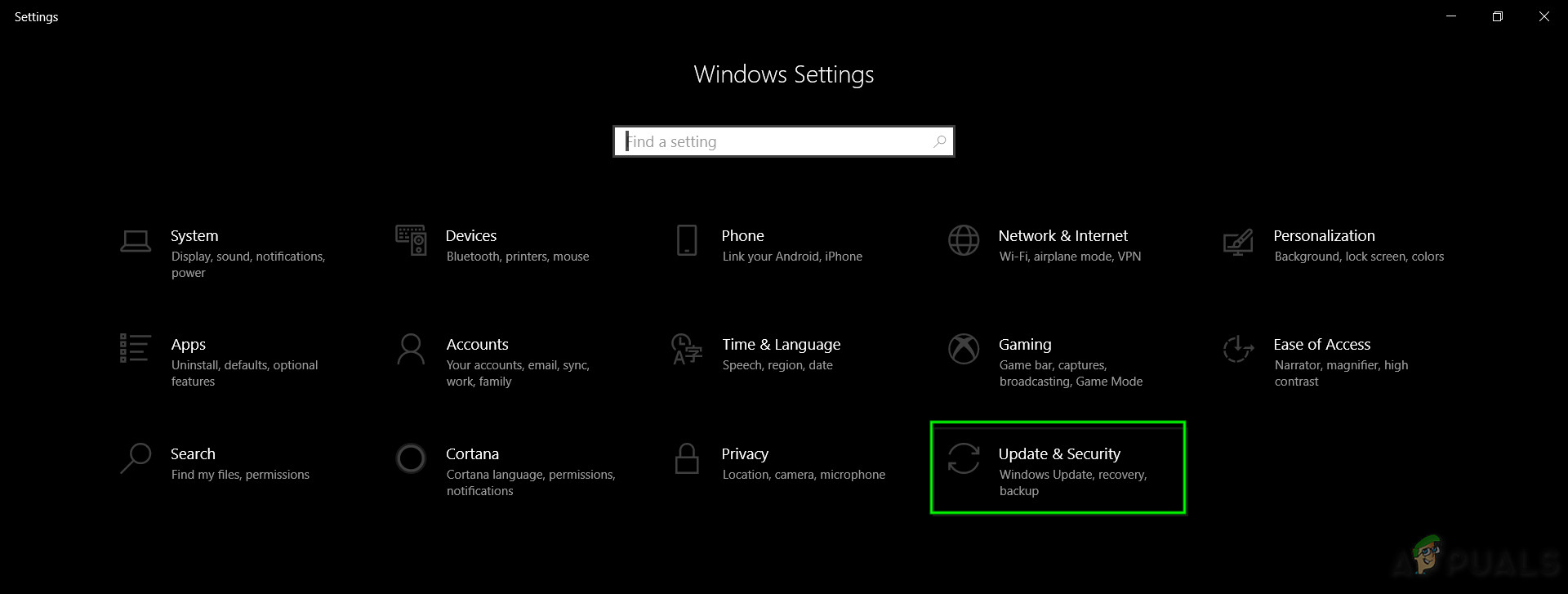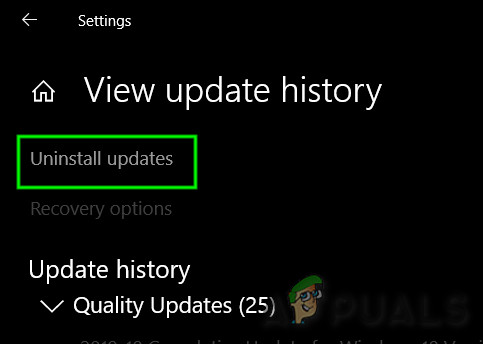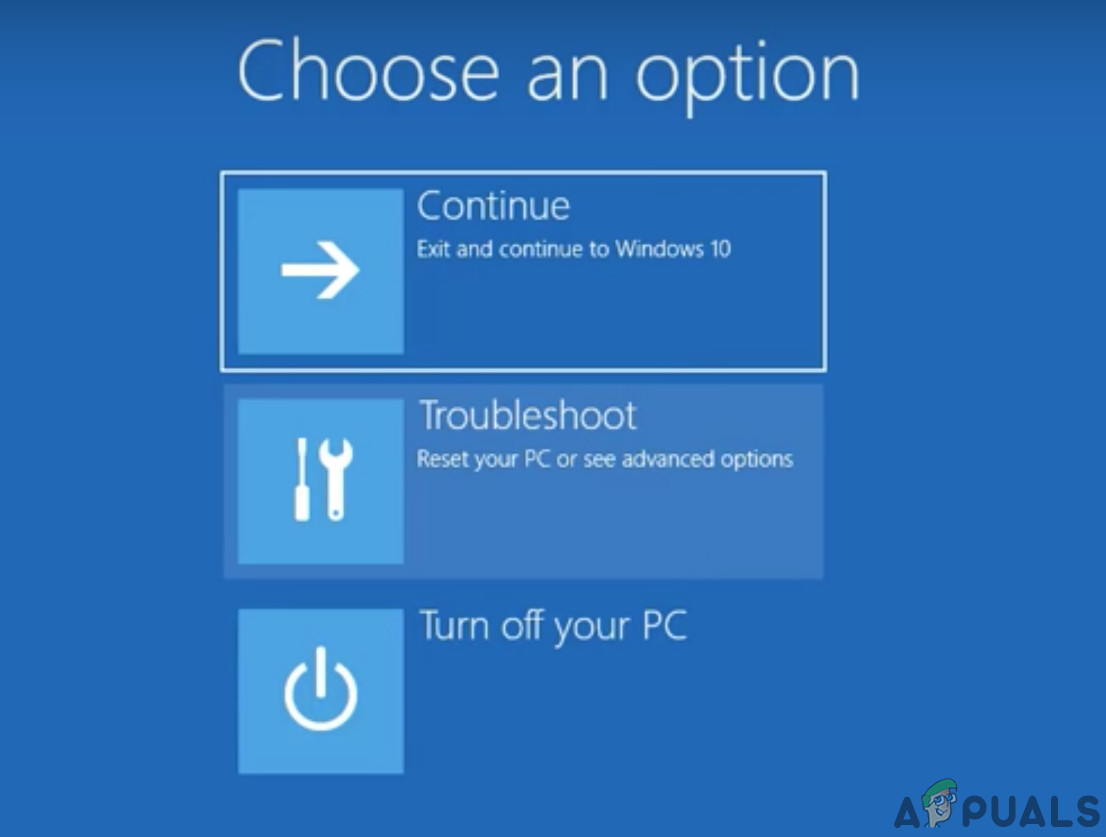Now before moving on with its troubleshooting of touch screen not working, we have to make sure that whether the issue is software or hardware.
Hardware or Software Issue:
The best way to identify if it is a hardware or a software issue is to check if the Touch is working on the system’s BIOS screen. Boot or reboot the system, and access the BIOS screen (normally you can access it by pressing F10 when the system is booting). Now in the BIOS try to use the touch screen. If you can use the touch screen in the BIOS, then it is a software issue and if you cannot use the touchscreen in the BIOS, then it is a Hardware issue. Moreover, many manufacturers have given touchscreen tests in their BIOS which can be used to check the functioning of the touch screen. You can also use UEFI Hardware Diagnostics Menu by the manufacturer of your system e.g. HP users can Download HP PC Hardware Diagnostics Menu and install it. Inside the component test, there is an option for the Touch Screen Test – this is a quick interactive test to find if the touch screen is functioning correctly. If Touch Screen Test is not shown in the test screen, then it is a Hardware or firmware/BIOS problem. You can also use Windows 10 Bootable Media to test the functionality of the touch screen. Insert that media in the system and boot from that media. To create installation media and boot from it, please follow steps here. We will not be installing the Windows at this stage but just use touch to move between the interface. If you cannot use the Touch Screen in the Windows Installation Setup then it is a hardware failure. If it is a hardware failure then you should contact a hardware repair service or use the system without the touch screen. If touch is working in any of the above cases then it is a software issue and you should follow the undermentioned methods to solve the issue.
Solution 1: Show hidden devices in Devices Manager
In Device Manager, there are two types of hidden devices. The first type is typical non-plug and play drivers, printers, etc. and the second type is Phantom devices that are not connected to the computer. First and the foremost point to check is that you have not accidentally hidden the HID-Compliant Touch Screen, and if so, then unhiding the HID-compliant touch screen can solve the problem.
Solution 2: Run Hardware and Devices Troubleshooter
Microsoft has an automated tool “Hardware and Devices Troubleshooter” which checks the hardware connected to the computer for any known issues with it and provides the details on how to fix them. This tool is easy to operate. It is also good at detecting & fixing the problem of devices not installed which are connected to your system.
For Windows 10:
For Windows 8.1/7:
When the troubleshooting process is complete, open Device Manager again & see if the HID-compliant touch screen is shown there. If not move to the next solution.
Solution 3: Uninstall & Reinstall the Touchscreen and Update Chipset Drivers
The system may not work the way it is supposed to if its drivers are not regularly updated. This problem may occur if you are using an outdated HID-compliant driver or it is also possible that the drivers for the touch screen were never installed as the device was disabled. Because of this, you cannot enable the device unless you install the correct drivers. We will use the following three steps to solve the problem. But before moving on make sure that you have admin privileges.
Step 1: Uninstall the Ghost Drivers
First, we will remove all the ghost drivers which aren’t really active but keep appearing in your device manager. After the system is restarted, open the Device Manager & then click on “Scan for hardware changes” button near the top of the Device Manager window & see if the Windows has detected the Touchscreen device & an appropriate driver is automatically installed for it. If the driver is automatically installed, then confirm if the touch is working. If touch is not working or Touch Screen is not shown, then go to the next step.
Step 2: Use Windows updates for any latest driver updates.
Checking Windows updates can be a way to fix this issue. Most of the OEMs now deliver the update through the Windows Update delivery channel, and they are tested for compatibility. Windows update will update all the drivers including touch screen drivers and its related drivers such as chipset drivers which are reported by many users to help them in resolving this particular issue. Even if Windows offer an optional update, install it.
For Windows 10
For Windows 8
Install the latest Windows 8 updates. You might need to restart the system computer to apply the updates. After updating the system, check the touch screen to see if it is working. If not, continue to the next step.
Step 3: Update Driver Software from the OEM’s website:
If you cannot find the driver of your touch screen by Windows Updates, then go to the OEM website and find the driver of your device model and then install it by following the instructions given by the OEM website or displayed on the screen during installation. Also, you can use your service tag to find the particular drivers. Update the chipset drivers, Graphics Card Drivers, and Monitor Drivers provided on the portal. If you know details about the driver of your system you can use Update Catalog to download the driver by putting it in the search box of the update catalogue website. You can also use this website to find if you know any old driver working with your touch screen. After updating drivers check if the HID-Complaint Touch Screen is showing in the Device Manager, if not move to the next solution.
Solution 4: Uninstalling Conflicting Windows Updates
Update KB4480116 is known to cause the Touch Screen issue. If that is installed on the system, then uninstalling it may solve the problem. You can perform similar actions for other Windows updates accordingly if they broke your touchscreen drivers. The update KB 4480116 will be installed again automatically if not blocked. Use the following steps to block it: Now check if the touch screen is working fine, if not try the next fix.
Solution 5: Configuring the Touch display
If the touch screen driver is not working, then configuring the touch display to identify your screen as a touch screen can make it to work and thus the problem can be solved.
Solution 6: Perform a Microsoft System Restore
Microsoft System Restore is designed to create a snapshot of the device & save the working state at that point as a “restore point”. A restore point is then used in reverting the system to an earlier point of time when everything was working fine. So, reverting the system to an earlier time when your touch screen was working fine can also solve the problem. So, let us restore the system to a restore point. You can use any of the restore points but restoring to the latest restore point is recommended. After the system is restored and the touch screen still does not work, proceed to the next solution.
Solution 7: Change the Related Registry Value
The registry holds the key value in Windows OS and if any of its values are wrongly configured then it can create a lot of problems in the operation of the system. And if due to any problem registry value of the touch screen driver values is changed to zero then the user will not be able to use the Touch Screen, so, reverting it to 1 may solve the problem. Check if the touch screen has started to work, if not move to the next solution.
Solution 8: Repair Windows
Windows 10 allows its users to reset their systems which will return the computer’s OS to its factory settings and all the applications, drivers, services that did not come with the computer will be uninstalled, and all changes made by the user to the system’s settings & preferences are nullified. As far as the user’s files and data stored on the computer are concerned, the user will be prompted to opt-out from either to keep them or remove them while resetting the computer
Solution 9: Update BIOS
BIOS is the main component of the system. If BIOS cannot communicate with the device then the OS cannot communicate with that device. So, Update the BIOS but be warned that you may brick your system. To update BIOS of your system, follow our undermentioned articles. Warning: Proceed at your own risk as interrupting or failing to update the BIOS at any point might brick your computer and non-recoverable damage to the whole system.
FIX: UMDF HID Minidriver Device Error Code 43Resolve Screen Dims when Playing Games in Full Screen (Fix)How to Resolve Issues with Avast Password Manager?Fix: Missing ‘sound, video and game controllers’ in Device Manager
